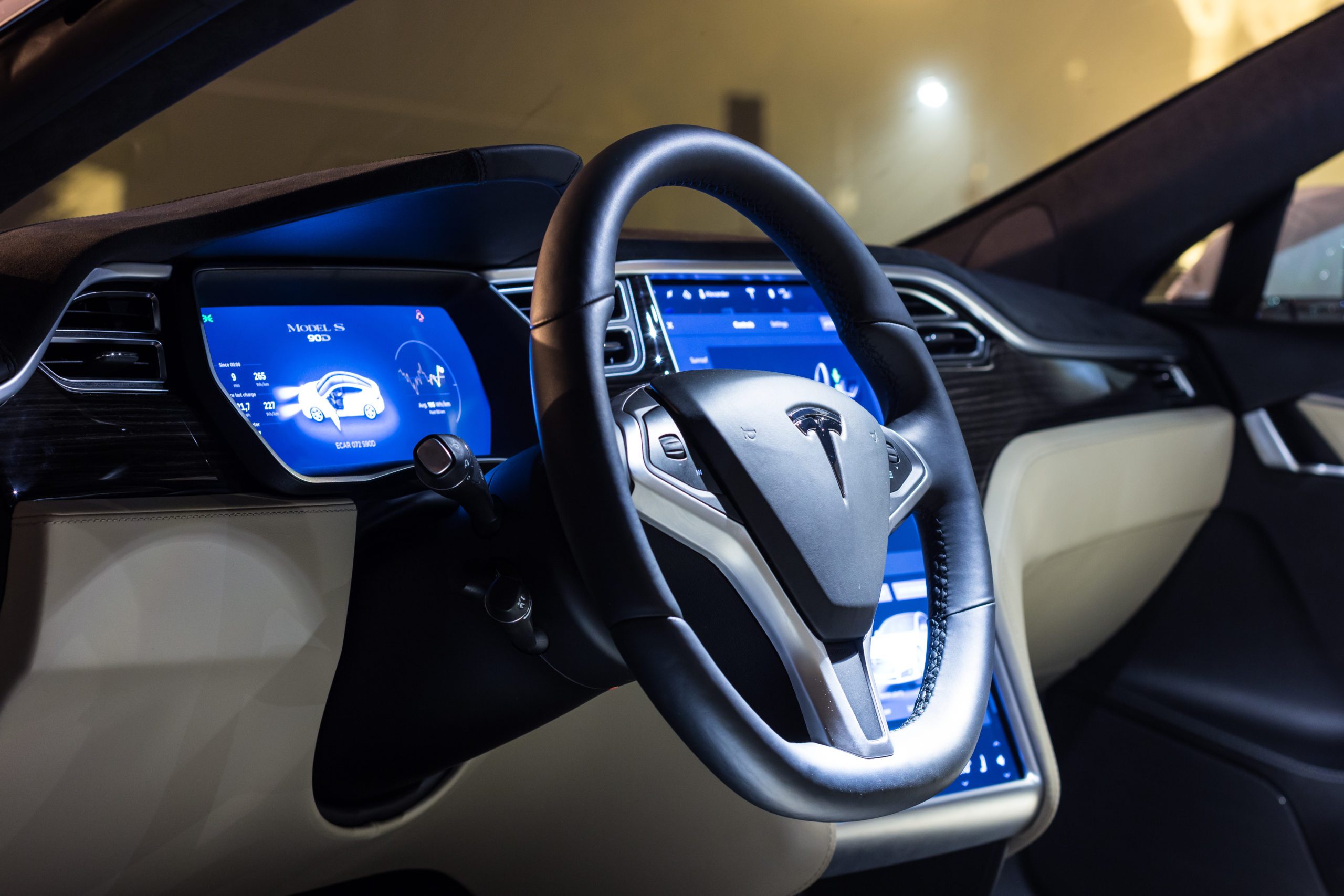The National Highway Traffic Safety Administration (NHTSA) published its initial data on the safety performance of “self-driving” cars on Wednesday, and the figures showed Tesla vehicles were involved in the greatest number of serious accidents.
NHTSA ordered auto manufacturers to report serious crashes involving advanced driver assistance systems. The data seemingly showed an overrepresentation of Tesla vehicles on the surface.
Tesla’s “Level 2 ADAS” system provides “both speed and steering input when the driver assistance system is engaged but [requires] the human driver to remain fully engaged in the driving task at all times.”
Of 392 reported crashes of Level 2-ADAS-equipped cars, Tesla vehicles accounted for 273, nearly 70% of the total.
Honda came in a distant second with 90 crashes, while Subaru trailed with 10, and no other company reported more than five.
The data was collected between July 1 and May 15. Out of the 392 incidents, six people died, and five sustained severe injuries. Five deaths and three serious injuries occurred in Tesla vehicles.
However, a closer look at the data reveals that the figures do not necessarily mean Tesla’s Level 2 ADAS vehicles are less safe.
As pointed out by publications like The New York Times and TechCrunch, the NHTSA report leaves out relevant information, like the number of cars from each auto manufacturer equipped with driver assistance systems that are on the road.
There are roughly 830,000 Tesla vehicles equipped with Level 2 ADAS in the United States, dwarfing most of its competitors that offer hands-free driving features, like BMW, Ford, and GM, per The New York Times.
Additionally, most auto manufacturers relied primarily on consumer complaints, police reports, and news media to tally accidents in their vehicles.
In comparison, Tesla receives that information directly from its vehicles via remote telematics, which sends the company data on all accidents in real-time, according to TechCrunch.






